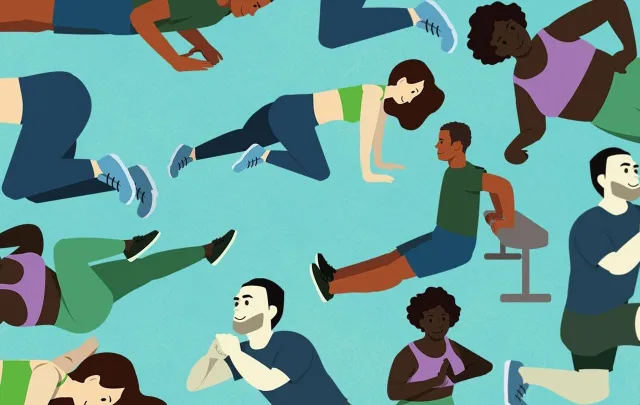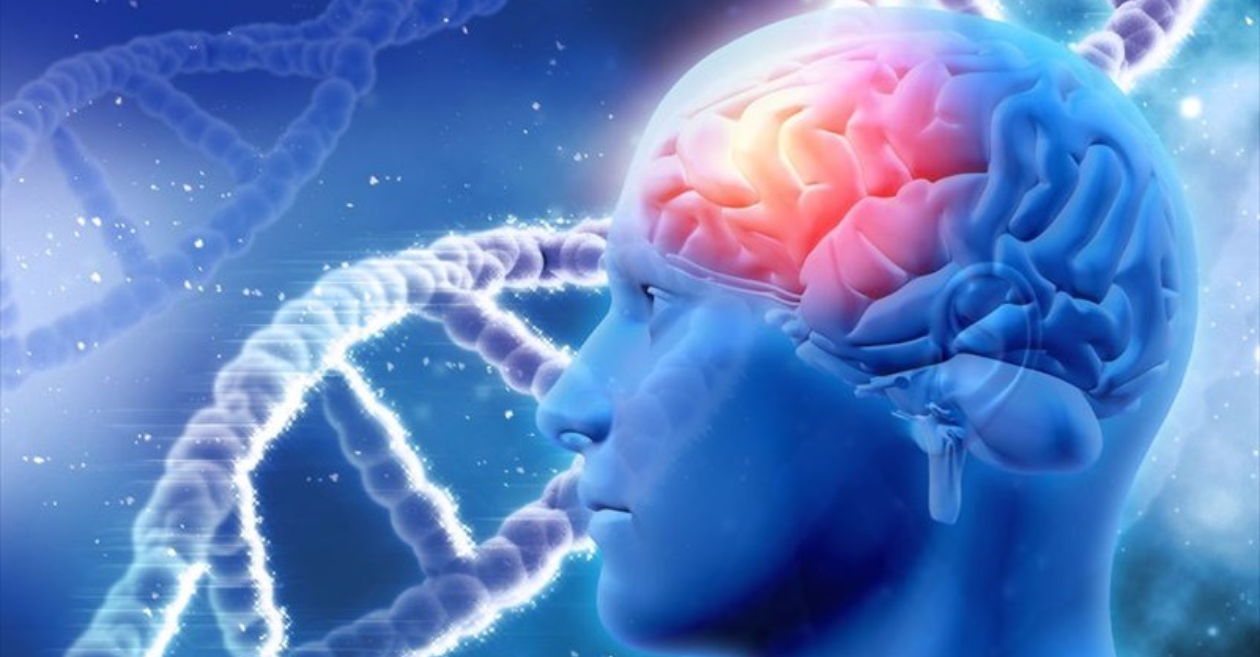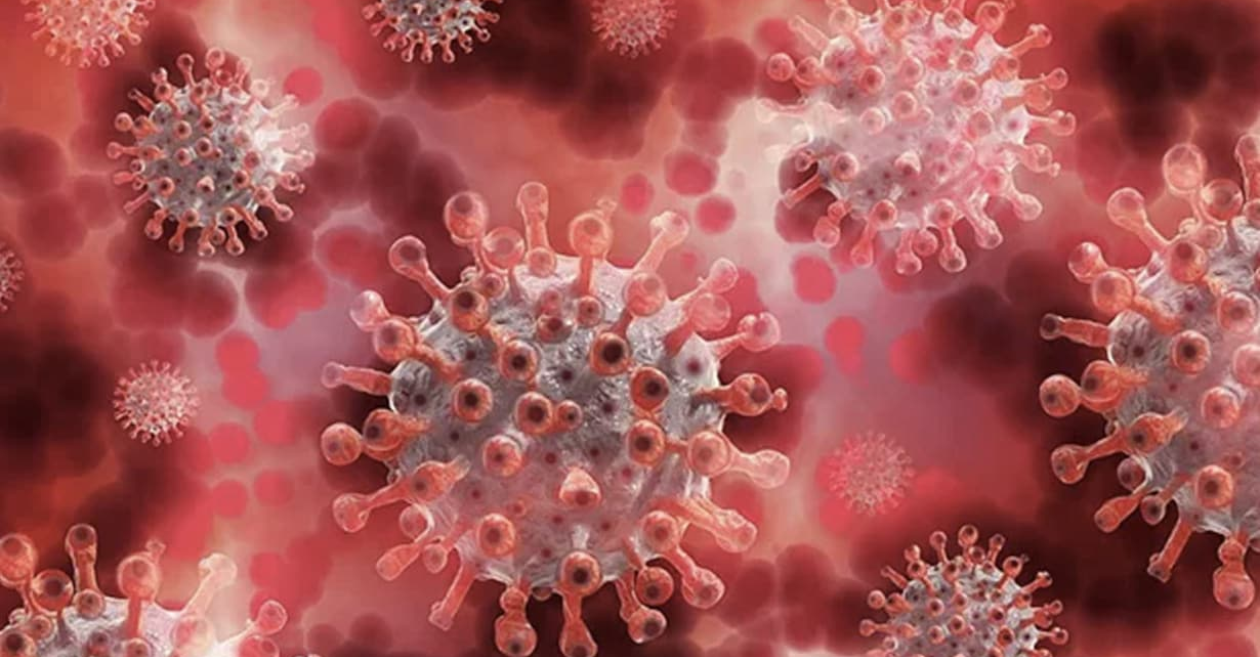


Anxiety is a feeling of fear, dread, and uneasiness. It might cause you to sweat, feel restless and tense, and have a rapid heartbeat. It can be a normal stress reaction. For example, you might feel anxious when faced with a difficult problem at work, before taking a test, or before making an important decision. It can help you to cope. The anxiety may give you a boost of energy or help you focus. But for people with anxiety disorders, the fear is not temporary and can be overwhelming. In a world filled with constant challenges and uncertainties, anxiety has become an unwelcome companion for many. Understanding anxiety begins with unraveling its definition and delving into the intricate web of emotions that it encompasses.
People Also Read: What Does The Body Shop Mean?
Anxiety, in its simplest form, is a natural stress response. It is the body's way of alerting us to potential dangers, urging us to stay vigilant and focused. While this response is crucial for survival, an excess of it can lead to overwhelming feelings of unease and fear.
Anxiety disorders are conditions in which you have anxiety that does not go away and can get worse over time. The symptoms can interfere with daily activities such as job performance, schoolwork, and relationships.
Anxiety is not a one-size-fits-all emotion. There are various types, each manifesting in unique ways. Breaking it down into manageable categories can help individuals better grasp their own experiences. Here are three common types:
Generalized Anxiety Disorder (GAD): Persistent, excessive worry about everyday things, often with no apparent reason.
Social Anxiety Disorder: Intense fear of social situations, leading to avoidance of interaction and potential embarrassment.
Panic Disorder: Sudden and recurrent episodes of intense fear, often accompanied by physical symptoms like heart palpitations and shortness of breath.
| Type of Anxiety | Prevalence |
| Generalized Anxiety Disorder | 6.8 million adults in the U.S. (3.1%) |
| Social Anxiety Disorder | Approximately 15 million adults |
| Panic Disorder | 2-3% of the U.S. adult population |
Anxiety doesn't solely affect the mind; it takes a toll on the body too. Recognizing the physical symptoms is crucial for early intervention:
Muscle Tension: Feeling constantly on edge, leading to tightness and discomfort.
Insomnia: Difficulty falling or staying asleep due to racing thoughts.
Gastrointestinal Issues: Nausea, stomach cramps, and digestive problems are common manifestations.
Understanding anxiety is the first step towards seeking help. Breaking the stigma surrounding mental health is vital for fostering a supportive environment. Encourage open conversations and let those struggling with anxiety know that they are not alone.
Empowering individuals with effective coping strategies is essential. Here are some simple yet powerful tools to manage anxiety:
Deep Breathing Exercises: Calm the nervous system by practicing deep, intentional breaths.
Mindfulness and Meditation: Cultivate awareness of the present moment to alleviate anxiety.
Regular Exercise: Physical activity releases endorphins, promoting a positive mood.
Sometimes, understanding anxiety requires professional guidance. Mental health professionals, support groups, and helplines play a pivotal role in the recovery journey. Encourage reaching out for help and emphasize the availability of resources.
In unraveling the definition of anxiety, we empower ourselves and others to navigate its complexities with compassion and understanding. Let's break down the barriers, foster open conversations, and work together towards a world where anxiety is met with support, not silence. Remember, you are not alone, and there is hope on the journey to mental well-being.
Anxiety is a natural stress response, signaling the body to stay vigilant, but excessive worry can lead to overwhelming unease.
Anxiety affects millions, with Generalized Anxiety Disorder impacting 3.1% of the U.S. population, Social Anxiety Disorder affecting 15 million adults, and Panic Disorder prevalent in 2-3% of adults.
Physical symptoms include muscle tension, insomnia, and gastrointestinal issues, showcasing the impact on both the mind and body.
Coping strategies include deep breathing exercises, mindfulness, meditation, and regular exercise to promote mental well-being.
Seeking professional guidance is crucial when coping strategies are insufficient; mental health professionals, support groups, and helplines offer valuable resources for those navigating anxiety.

Looking to shed some extra pounds? Op

Alzheimer's is like an unwanted visit

In the expansive realm of healthcare,

Disease X is a mysterious term in the

In the realm of health, few challenge

Understanding how medicine keeps us h
Trash to treasure: How Google thinks
Spring Fashion Show at the University
Matter of Impact: April updates from
Android Enterprise security delivers
We are not gonna make spamming
Copyright By@TheWebTrends - 2023
BACK TO TOP